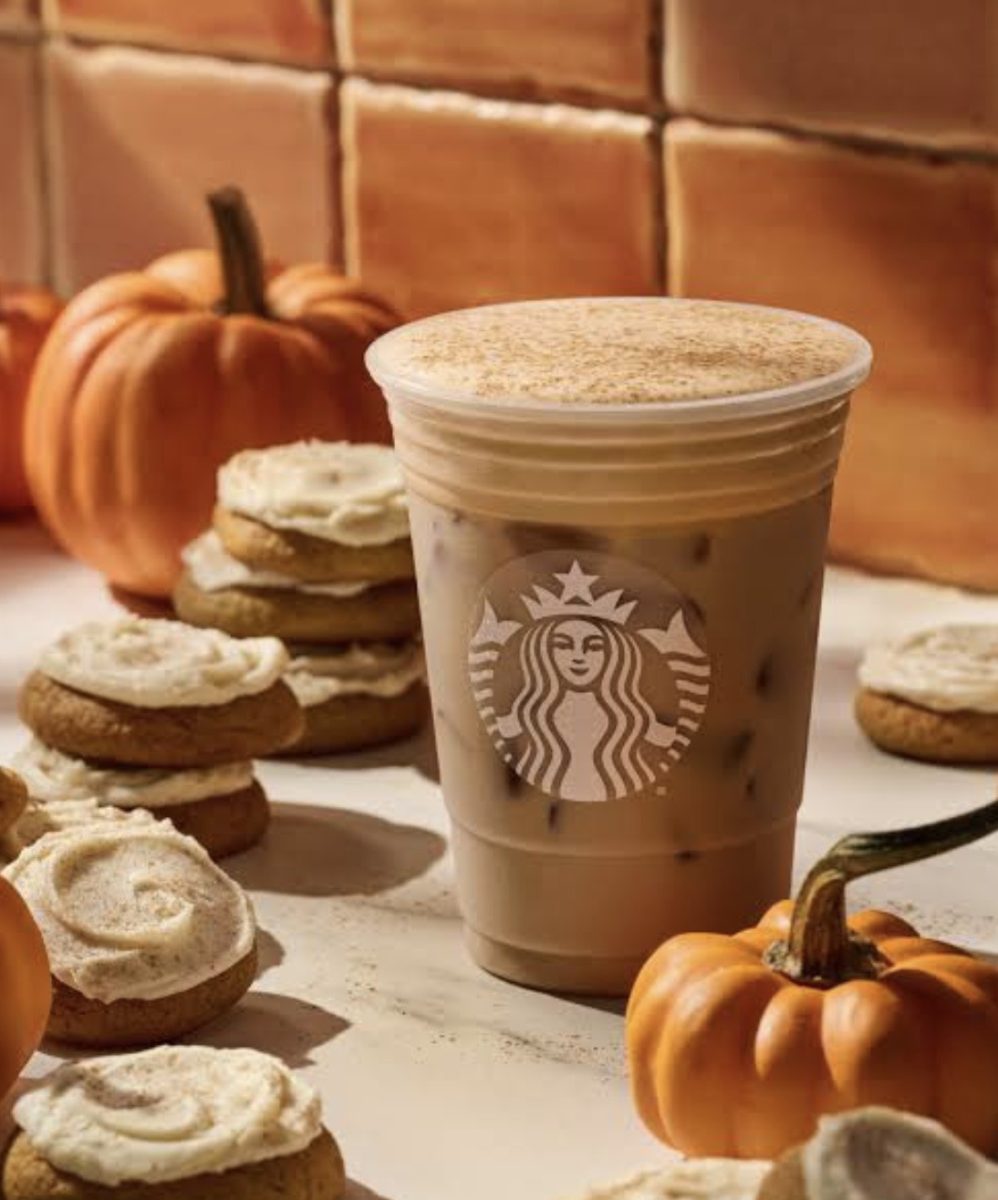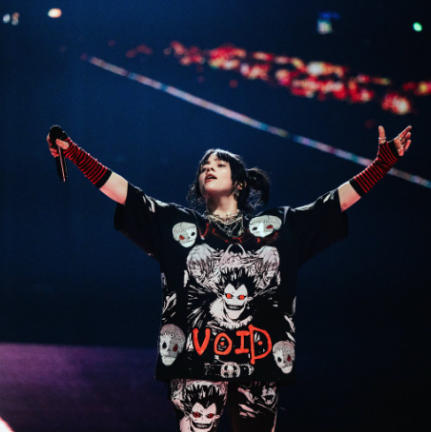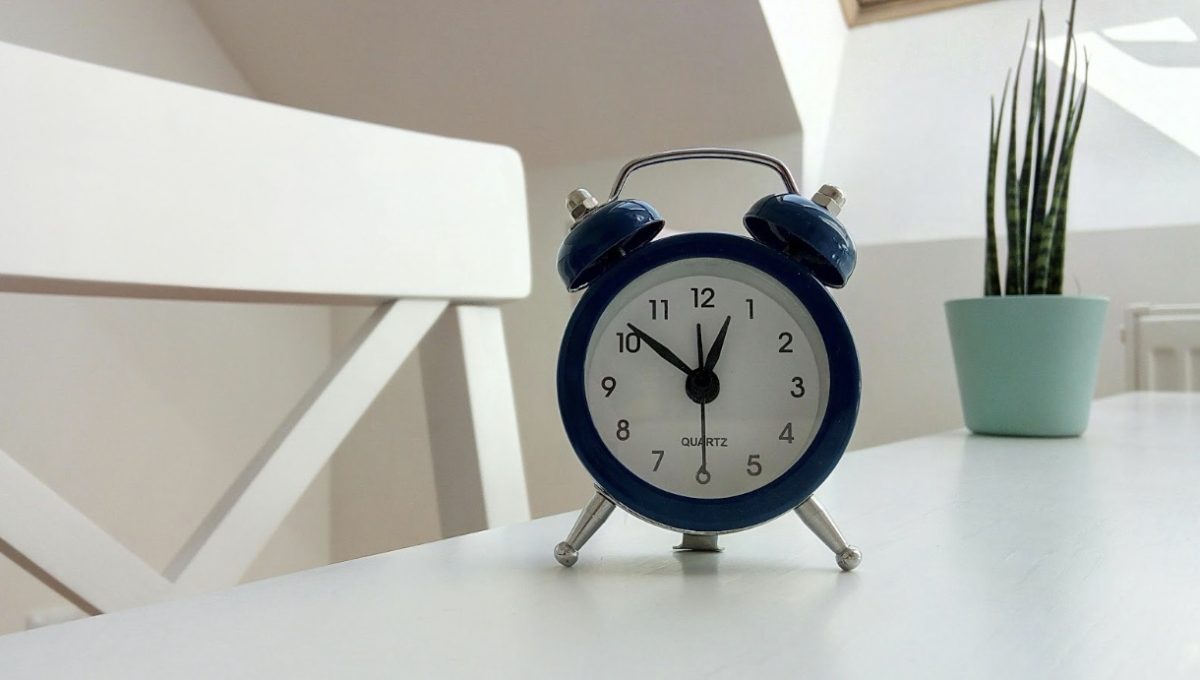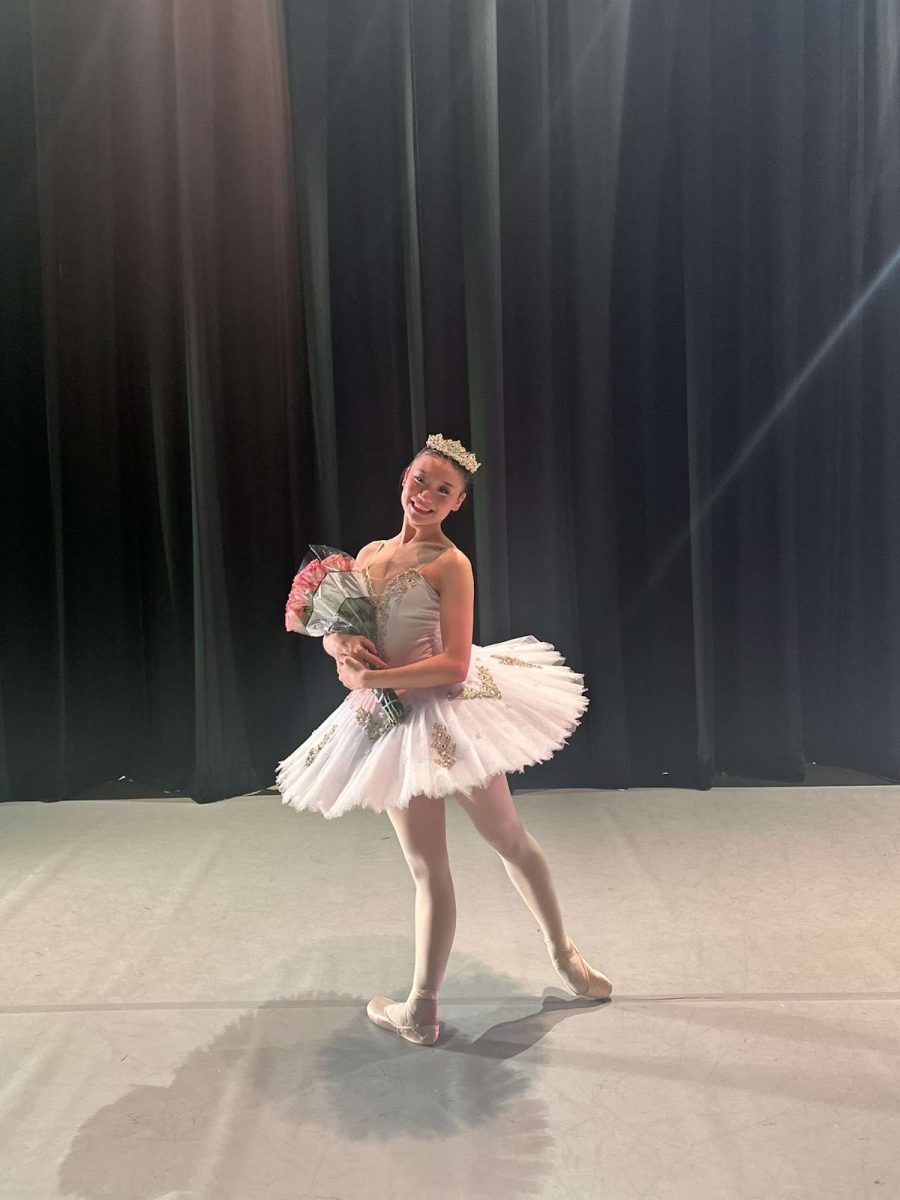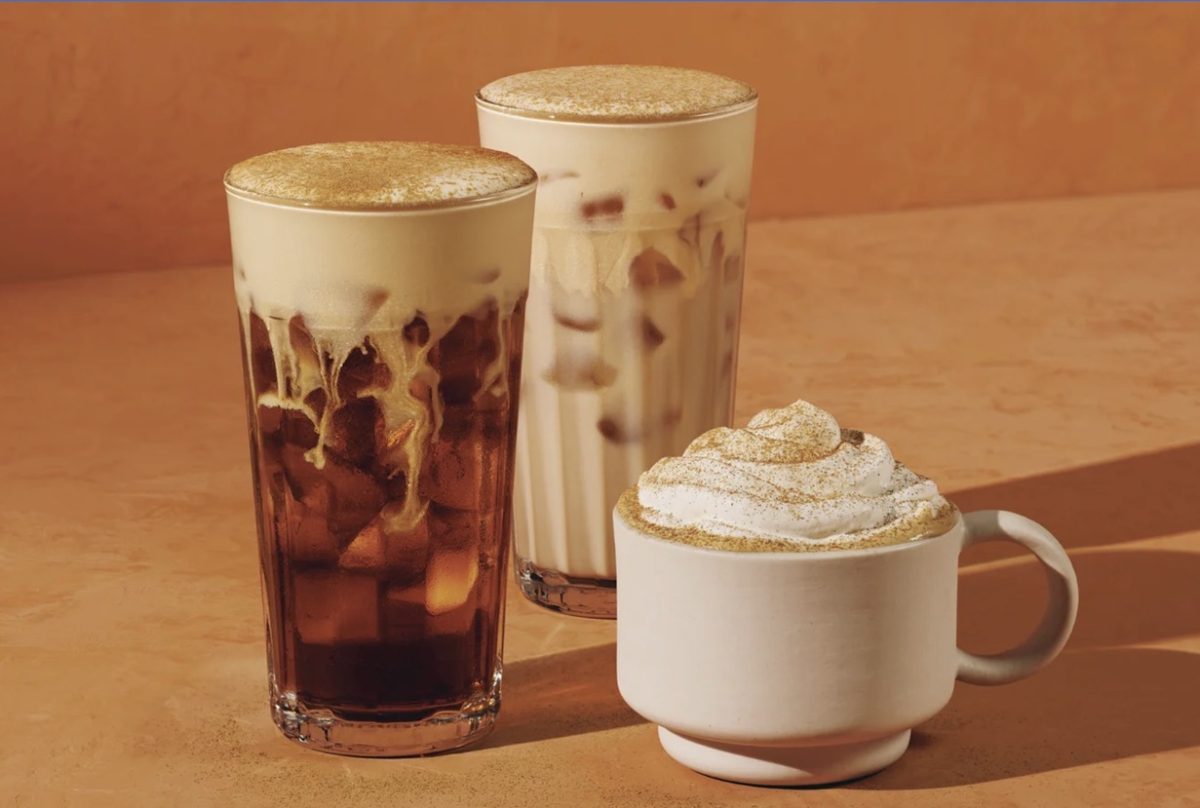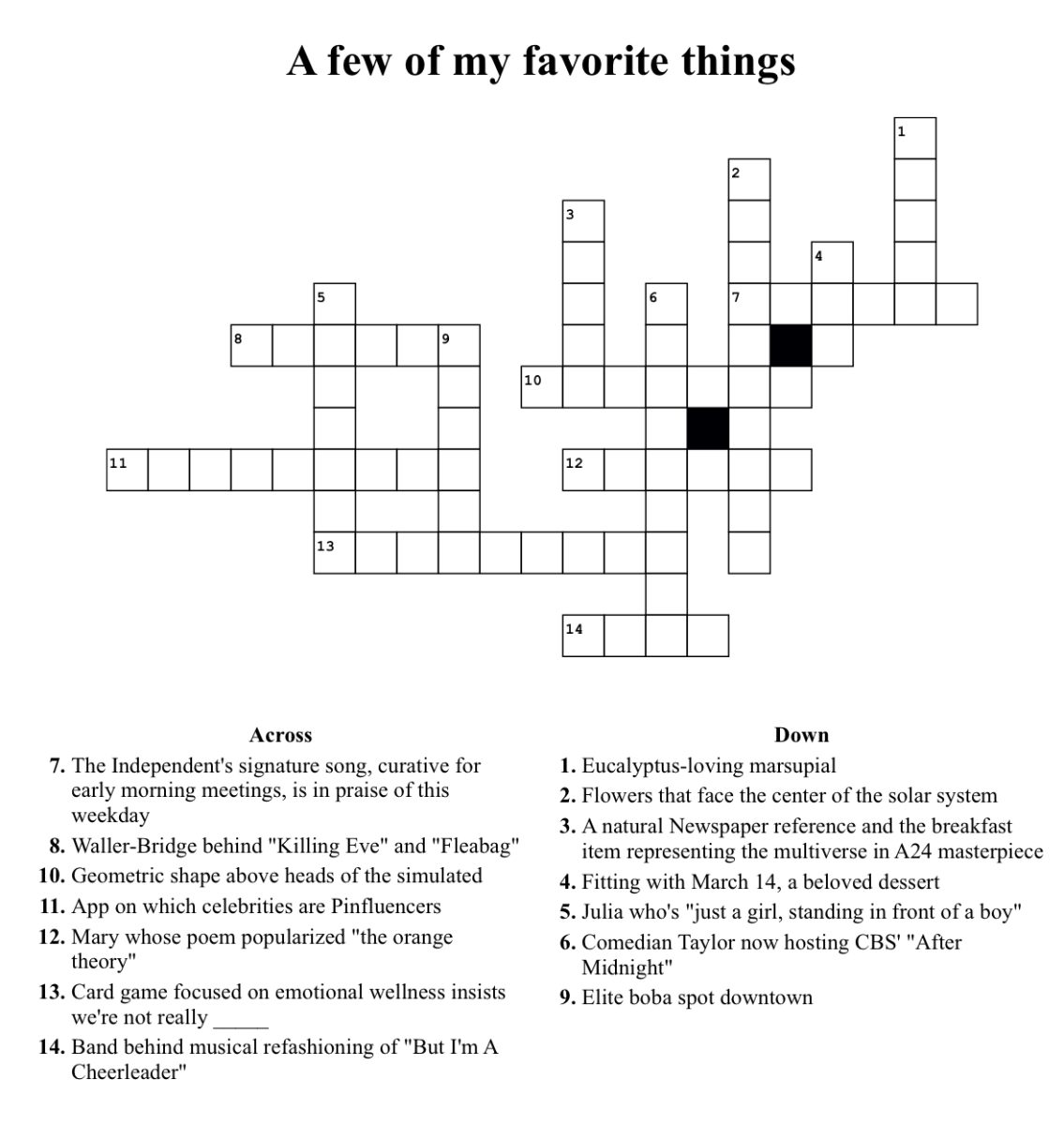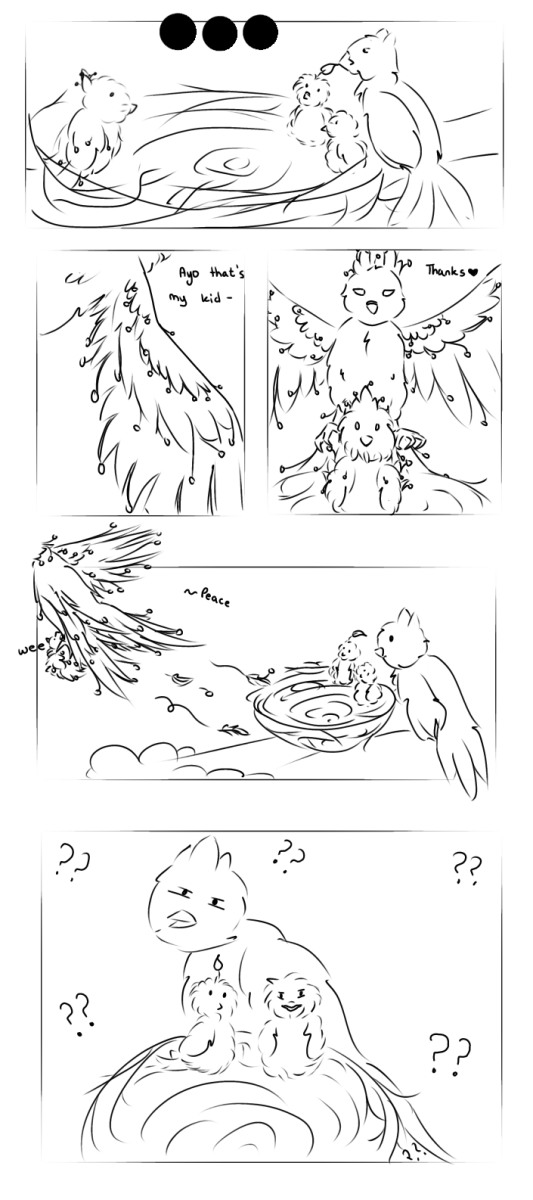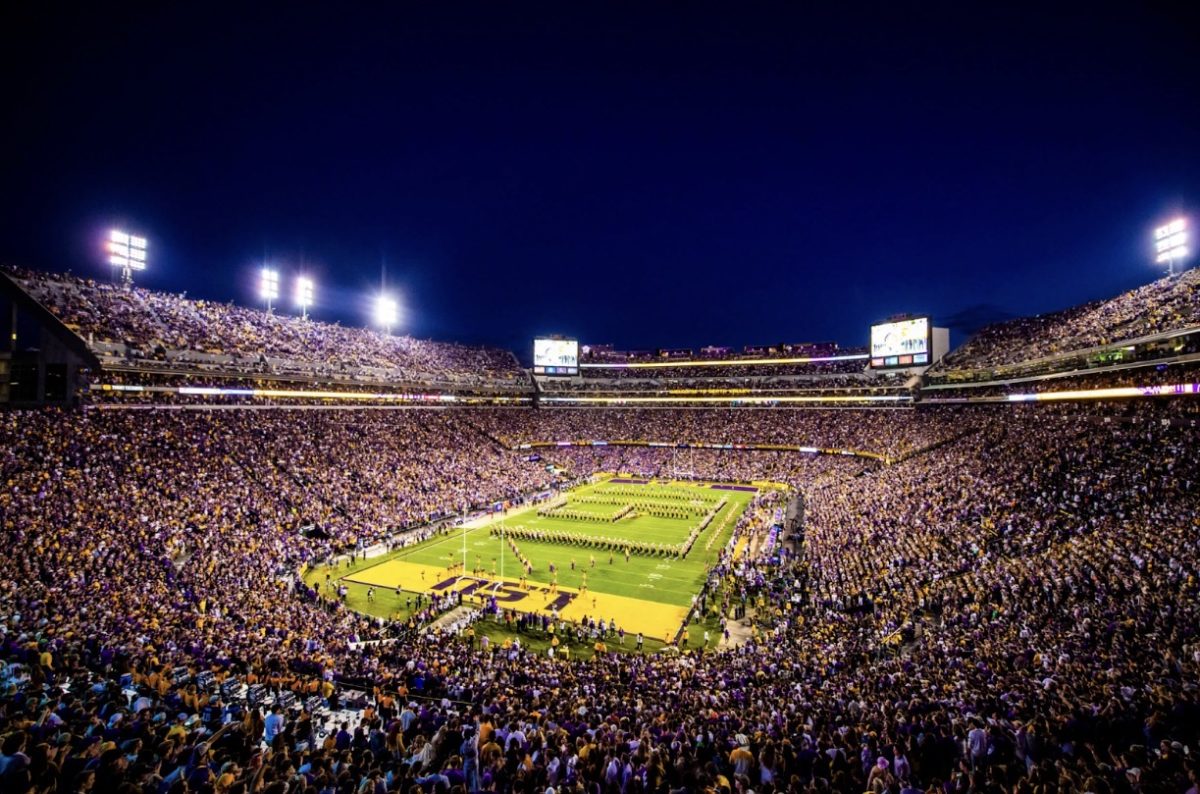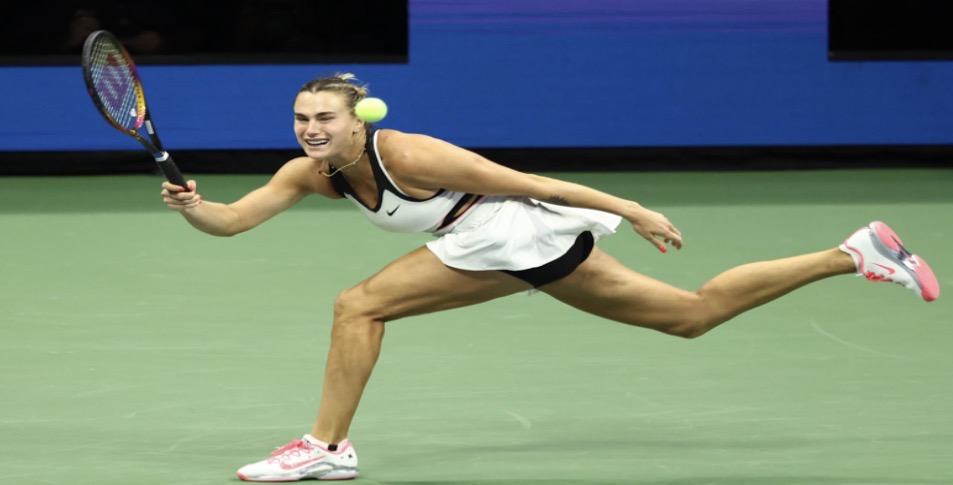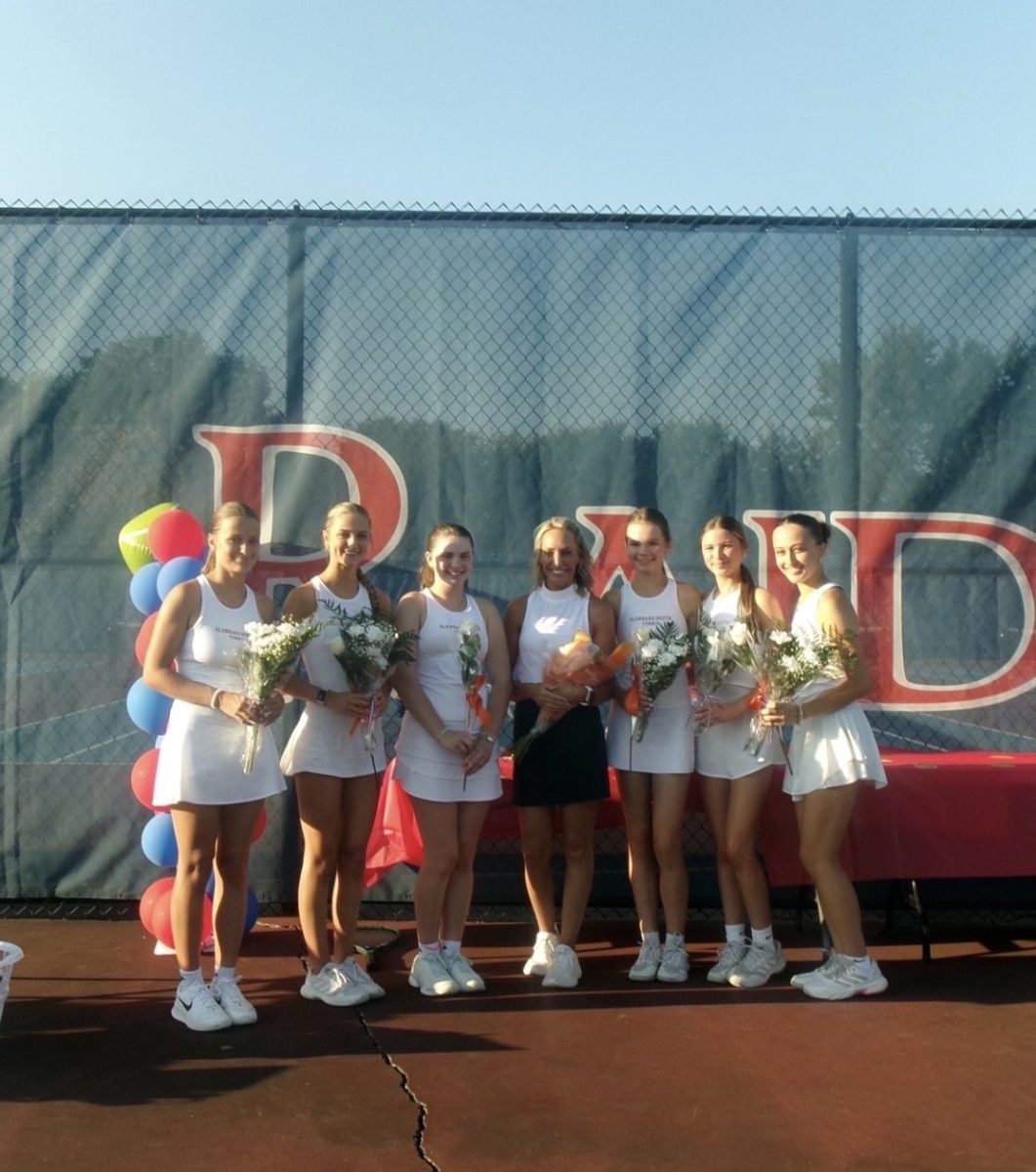Lack of Glenbard school spirit
November 28, 2019
Walking in the halls on homecoming week this year, one would notice a lack of people participating in the spirit days. Very few people wearing neon, jerseys, especially dressing like their hallway. Why is this? It it because the prompts this year were harder to dress up as? Or is it simply because Glenbard South has less school spirit this year?
Part of the reason for low participation this year may be because the themes were not very well advertised. The schoology message that was usually sent out the Friday or Saturday before homecoming week was not sent out to the students, and there was an announcement in the e-newsletter nearly a month before homecoming week . There were also no sheets passed out to everyone that included the spirit days in order like usual either. There were posters near the gym announcing all the theme days, but perhaps the lack of advertisement was a part of why so few people dressed up.
Like previous years, the themes were voted on by student counsel as usual. However, from an insider on Stu-Co, two of the theme days were changed. Meme/vine day became Jersey day, and beach day became neon day. Changing the spirit days was not necessarily wrong, but maybe less people were enthusiastic about dressing up because the themes were not what was wanted. Or maybe having the entire school vote on the themes instead of just student counsel, to get everyone’s opinions, not just student counsel’s. It is also fairly difficult to dress like the 1920s, or like a “senior,” and also takes a lot of time and effort to come up with a costume. Making the themes easier might encourage participation, although both age day and dress like your hallway days are the same every year.
Maybe it is a combination of these factors, maybe it is due to a large majority of the school not feeling like they are a part of the ingroup and not welcome to participate in the spirit days. To have more school spirit, there needs to be better advertising, more inclusiveness, and maybe incentives. For example, saying that if 90% of people in the first period class dress up, everyone gets a free homework pass.






